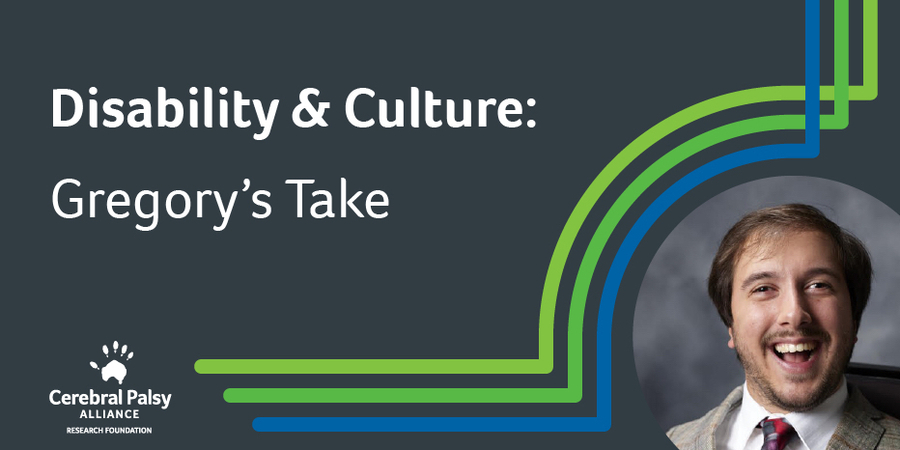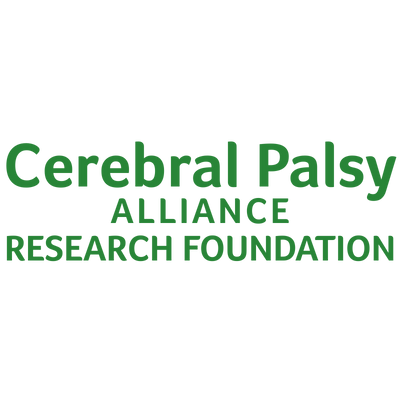
DISABILITY & CULTURE: Gregory's Take, Part I
The Evolution of Disability Representation in Disney’s Animated Films
By Gregory Moomjy
I have a confession to make; my name is Gregory Moomjy, and I had a spoiled childhood. From about the ages of three to fifteen, my family and I spent every spring break at Walt Disney World in Florida. My grandparents lived nearby, and they would join us every year. (Even when they became sick of the tradition, I would still guilt them into going with us.) I still have very fond memories of Snow White sneaking up to kiss me on the cheek during the nighttime parade, before returning to dancing with her dwarves. Okay, now that I think of it, that might have had something to do with my wheelchair. But I choose to believe that she just found me cute.
With that said, it is funny to realize that as a wheelchair user with cerebral palsy, I had never looked for disability representation in Disney’s vast film repertoire until just recently. So, what has changed? It is in part the recent emergence of TV shows and movies like Speechless and Coda that put the disability experience in the foreground.
The other reason for my newfound interest in Disney’s disability representation is due to Amanda Leduc’s book, Disfigured, about disability representation in fairytales — with a whole chapter dedicated to Disney animated films. Delving further and focusing specifically on Disney’s animated fairytale adaptations, we can examine an evolution in how disability is portrayed in these works over the last several decades. This is most apparent in films such as The Little Mermaid (1989), Beauty and the Beast (1991), The Hunchback of Notre Dame (1996), and Frozen (2013).
For many reasons, it only makes sense to begin with The Little Mermaid. Based on Hans Christian Anderson’s fairy tale of the same name, the film came out in 1989, marking the beginning of what is now known as “The Disney Renaissance.” This refers to a period during which the company returned to releasing commercially successful animated film adaptations of fairytales and literary works, which rejuvenated the Disney brand. Notably, The Little Mermaid came out a year before the Americans with Disabilities Act (ADA) was signed into law — codifying equal access to all Americans with disabilities.
Just in case you have been living under a rock since the 1980s, the film tells the story of Ariel: a mermaid who falls in love with a human prince. Ariel sells her voice to a sea witch in exchange for human legs so that she can walk on land. Despite the fact that this film is ingrained into popular culture, many people do not realize that this film and indeed the fairytale on which it is based are unique in the broader context of mermaid mythology. Mermaids were generally regarded as beings who were once women that had drowned themselves after being seduced, abandoned, or otherwise mistreated by men. They were reborn as sirens who enticed men to their death, as an act of revenge. This idea has more in common with The Odyssey than Disney. Here, what makes the titular little mermaid unique is that she is motivated by love, not revenge. The problem, in both the fairytale and the film, is that she wants something she cannot have: namely, to be an able-bodied human. In other words, she wants to be something she is not.
Gregory Moomjy is a musicologist and journalist based in New York City. He is co-founder and artistic director of Opera Praktikos, a company dedicated to making sure the disabled community has access to and representation in Opera.
*Gregory's story is part of DISABILITY & CULTURE — a series that uses the disabled lens, including personal experience, to examine social and cultural topics.
The DISABILITY & CULTURE series shouldn't be read or construed to contain any medical advice or medical endorsement by Cerebral Palsy Alliance Research Foundation. Only you and your doctor know what's best for you. Please consult your doctor for medical advice.
Fri 05 Dec 2025
An update on one of our most important initiatives: expanding access to life-changing assistive technology for Native Americans with disabilities.
Fri 10 Oct 2025
We’re thrilled to share an exciting milestone from CPARF’s Changemakers Program — our inaugural community-voted research study has been selected!



